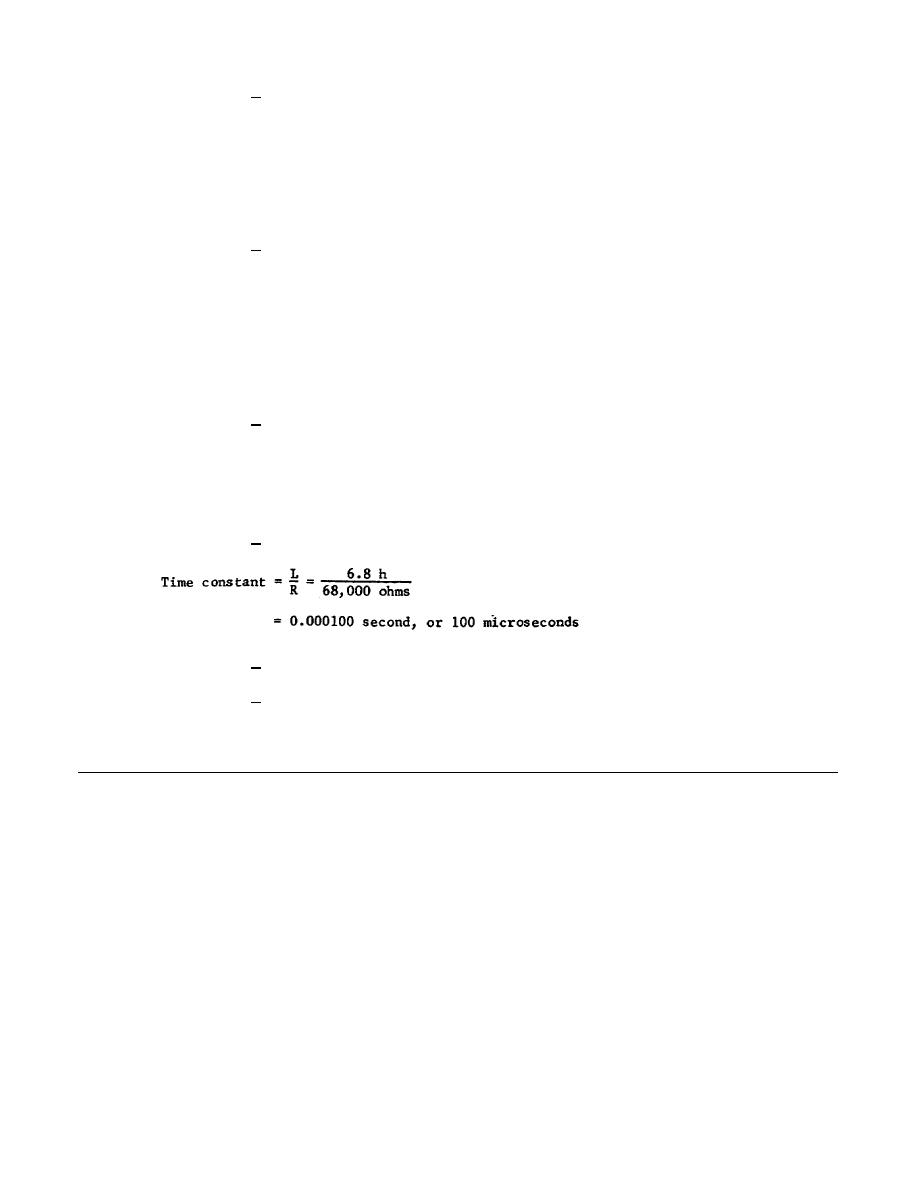
15. d--para 12d(5), fig.
25, 29
Since the transmitter is pulse-frequency modulated at the same MI of 5,
the increase in bandwidth is approximately 400 percent (fig.
29).
Hence, the
increase in effective bandwidth equals the peak-to-peak deviation times 400 percent
(7.5 kHz x 2 x 400% = 60 kHz).
The effective, or total, bandwidth becomes (7.5 kHz x 2) + 60 kHz = 75 kHz.
16. a--para 13d
Time constant = R x C
C = Time constant/R
C = 75 x 10-6/50,000 = 0.0015 x 10-6
C = 0.0015 microfarad
17. c--para 13c (4), fig.
31
From figure 31 it is seen that a rise from 3 kHz to 15 kHz gives an
increase in response of 12 decibels (db)(17 db - 5 db - 12 db). A 12-db increase
is equivalent to doubling the voltage twice, or increasing voltage amplitude by 4
to 16 volts.
18. c--para 13c
19. a--para 15c
20. c--para 15c
There will be no appreciable interference if the desired signal is twice as
large as the interfering signal.
LESSON 2..................................Methods of Producing FM
All references are to TM 11-668, unless otherwise indicated.
49


 Previous Page
Previous Page
